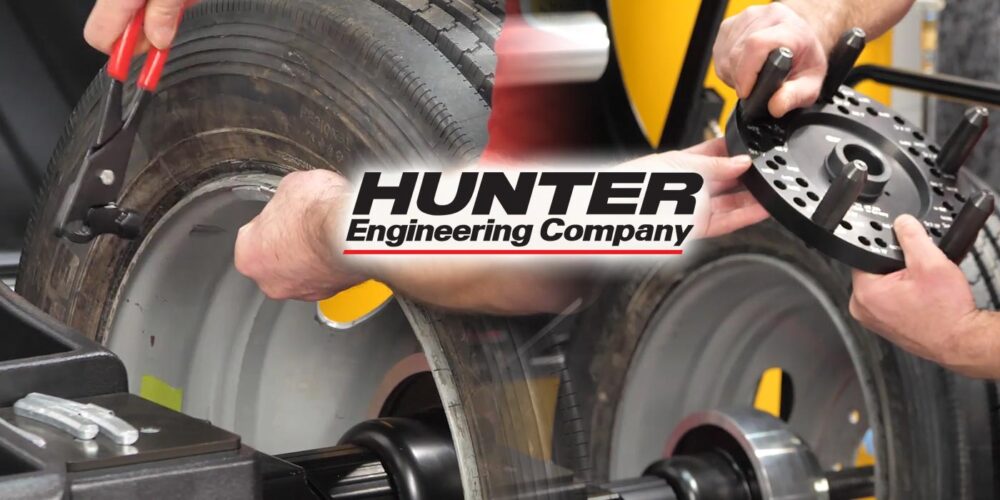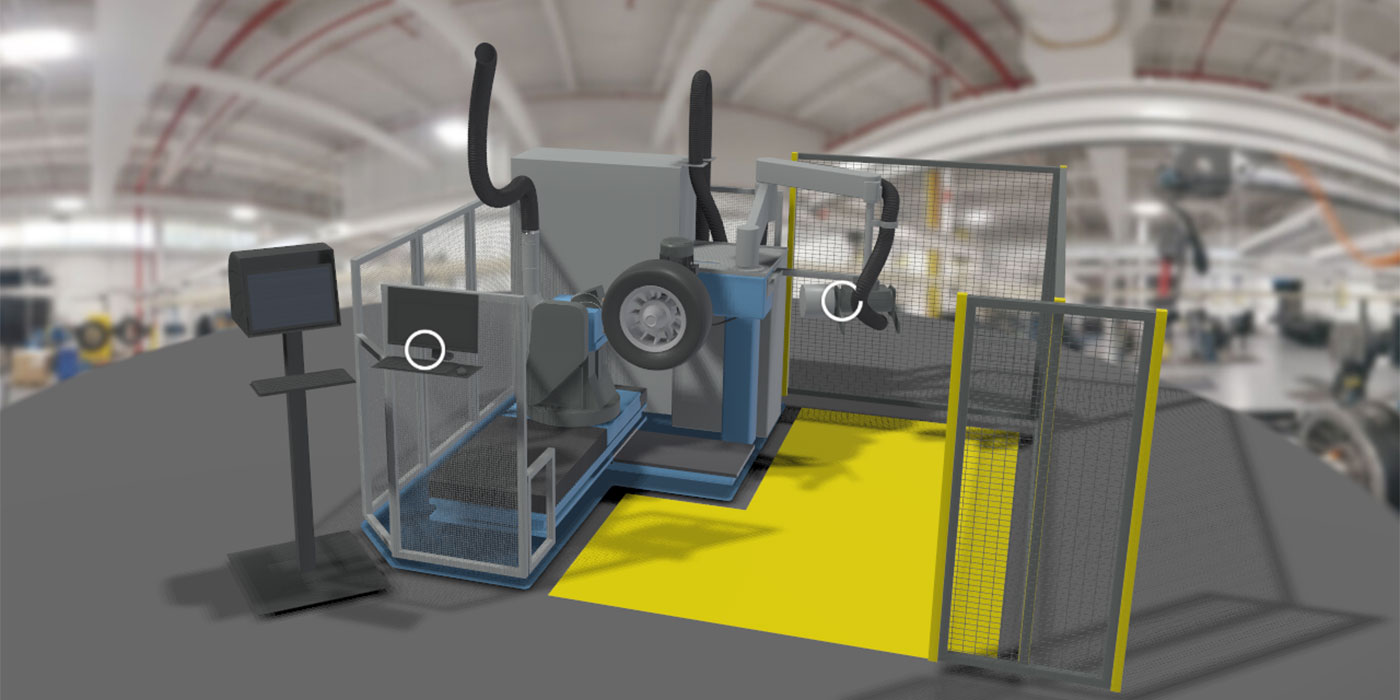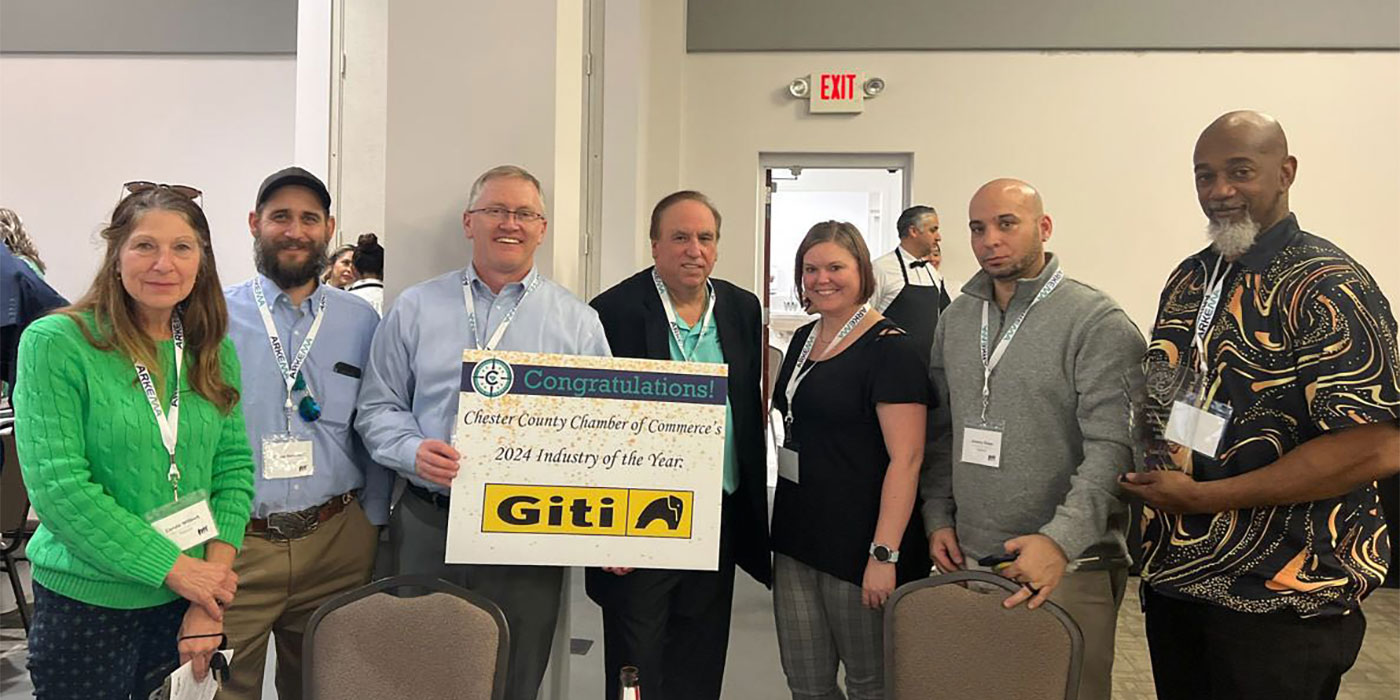Did you know that as little as changing a tyre on a some vehicles with tyre pressure monitoring systems (TPMS) can set off a dashboard warning light? As David White said in his introduction to the NTDA organised event the “Right to Repair" issue is a “topic that has serious implications for you and your business.”
Certainly, an impressive line-up of speakers had been assembled, namely Dave Garratt, director of the Garage Equipment Association; Mike Owen of the Retail Motor Industry Federation; and Bob Davis, head of Aftermarket Section of the SMMT. Davis laid special emphasis on the fact that he was involved with the aftermarket section of the SMMT and not the manufacturers’, for reasons that will become plain.
Garratt kicked off with an overview of motor vehicle technology and how it has changed in recent years, outlining the technical reasons for our current problems. The thought-provoking title of the talk was "The modern motor industry and can you survive it?"
As an example, he took an Audi A6 and looked at how the control systems in the vehicle have evolved. As more electronic control systems have been added (engine control unit, ABS etc.) the vehicle manufacturers have been striving to rationalise the sensors used and to link the different ECUs wherever possible.
This has resulted in the advent of CAN-BUS technology, which allows simplified wiring in a vehicle with just two wires, thus saving weight and reducing the manufacturing complexity.
Owen later explained that CAN stands for "Controller Area Network", while BUS is the electronic architecture that allows information to be transmitted over pairs of wires. A neat analogy is that of a telephone network, where more than one conversation at a time is transmitted along a cable, as they are running at different speeds.
But back to Garratt’s talk. The situation, he said, was becoming ever more complicated and other systems had been introduced, such as LIN (Local Interconnect Network) and MOST (Media Oriented Systems Transport), which is a fibre optics system for entertainment/information systems.
To put it very simply, cars have – and are continuing to – become ever more complicated and their servicing/repair likewise. Going back to the A6 example, said Garratt, the CAN-BUS system has no fewer than 76 control units.
What is the effect on the motor industry? It has allowed innovations such as the so-called ‘park by wire’ systems that eliminate the handbrake cable and, closer to home, run-flat tyre systems made possible through a combination of cheap tyre pressure monitoring systems and the CAN-BUS control system. While all of these are advantageous for the motorist, they make replacement much more difficult and pose a problem for the independent repairer/retailer, who would have to purchase a diagnostic machine for each model of car, as there is no generic system common to all vehicles.
The tyre retailer may think, "I don’t carry out repairs, so it won’t affect me", but he is wrong – take changing a battery, for example; the CAN-BUS system can be used for the battery management system on a car and only batteries that have been factory pre-programmed into the battery manager can be fitted, as the ECU needs to be programmed with the new details.
This means that it is not just a case of replacing the battery – do this and the car will not start, as it has not been programmed to recognise the new battery. You need to input the new code for the battery and clear the error codes from the memory and – here’s the interesting part – each model has a different set of codes and the manufacturer is under no obligation to divulge these to anyone. In short, if you haven’t got the codes (and you haven’t) you will not even be able to change a battery. However, the manufacturer will furnish his franchised dealers with the codes and he will be able to replace the battery.
What does this all mean?
Owen took over and began by outlining the potential of the problem. While CAN-BUS enabled vehicles are presently in a minority, he estimates that, by the turn of this decade, CAN-BUS enabled vehicles (and this technology applies equally to trucks as well as cars, incidentally) will be in the majority.
For the tyre trade, this means that you will not be able to repair or service most of the cars out there, plus the situation will steadily grow worse. An example that impacts directly upon the tyre trade is that of run-flats – without the relevant code, you cannot replace a run-flat, as you will not be able to reboot the BUS, so another part of the market – and one which is growing as more manufacturers specify run-flats – is lost to the independent tyre trade.
Owen illustrated the situation by looking at what used to happen to a car with a fault and comparing it with a post-CAN-BUS situation.
Firstly, the ‘traditional’ repair. A component (such as a light) on the vehicle fails. The vehicle is brought in and the fault diagnosed. You obtain the appropriate part(s) and repair the vehicle, test it and present the owner with the bill.
The CAN-BUS scenario is the same up to the vehicle being brought into the shop, but then you have to read a fault code and marry this up with technical information from the manufacturer. You still have to diagnose the fault, obtain the part and repair the vehicle, but you have to register the code printed on the component on to the CAN-BUS, clear the error codes from the memory and test the vehicle before handing it over.
To do this, you have to purchase a piece of diagnostic equipment and the technical data from the manufacturer. You will also need the onboard CAN-BUS data, including the error and recommissioning codes. Technical data used to be free, but now it has a value and the vehicle manufacturers are only too well aware of this fact. As things stand, we can repair vehicles, but cannot recommission them without reference to the franchised dealers.
But let’s assume that they are willing to sell you the relevant information and that you have made the not-inconsiderable investment in equipment, training and acquiring the information – the customer knows nothing of this added expense and time; as far as he is concerned, he brings his car in and, in the fullness of time, he gets a bill. He neither knows nor cares about your problems, but will want to know why the price has suddenly increased.
What is being done?
The cynic might see the above as part of a campaign by the vehicle manufacturers to drive aftermarket business to their franchised dealers, but even if this is not the case, the effects on the independent dealer will be significant. So what is being done?
Bob Davis told the audience that a ‘Right to Repair’ (or R2R) campaign is being mounted internationally. Davis is also an executive member of Figiefa, the International Federation of Automotive Aftermarket Distributors, which represents the independent aftermarket across Europe.
The objective of the R2R campaign is "To ensure the independent aftermarket’s right to technical information needed for the service or repair is enshrined in EU legislation".
This involves considerable effort, starting with quantifying the size and structure of the independent aftermarket across Europe. To carry on the campaign, Figiefa will require additional technical, legal and administrative resources to carry out a PR and media campaign and to lobby EU MEPs and other relevant interest groups. This will cause a major logistical headache, as apparently MEPs like to be lobbied individually, rather than in groups. Figiefa is also looking to take supportive action in each EU member state. In order to achieve all this, Figiefa has set aside a budget of two million euros to take it up to 2010.
Individual national activity is vital, said Davis, as U.K. ministers and civil servants can influence the content of EU legislation and Ministers are influenced by MPs. MEPs cannot be ignored either.
It is also vital to influence the press wherever possible and, because he will ultimately be the one who pays for it, the motorist needs to know what is going on and what the possible consequences might be.
R2R has to be seen to be supported by the independent aftermarket as a whole, said Davis, and if anyone asks why the NTDA should support the campaign, the answer is simple – "your businesses are at stake" he said, bluntly.
The NTDA can help in a number of ways, he continued; politically, many members are small/medium employers whose staff would be adversely affected if the situation doesn’t change. NTDA members have direct contact with consumers to spread the message, plus many have excellent relationships with their local press and media. Davis suggested that a call to the local paper along the lines of "if this continues we may have to stop our adverts" might well grab their attention. Finally, as a national association, the NTDA give the campaign national coverage and a measure of credibility.
And that was the end of the seminar – certainly those attending had been given food for thought. There was just time for a few brief questions and the consensus was that, if R2R is to be effective, then it should concentrate on informing the consumer of what is happening and why his costs are going to rise. Concerted pressure from consumers and angry motorists is more likely to have an effect in Brussels than members of the aftermarket moaning about anti-competitive activities, it was suggested.















